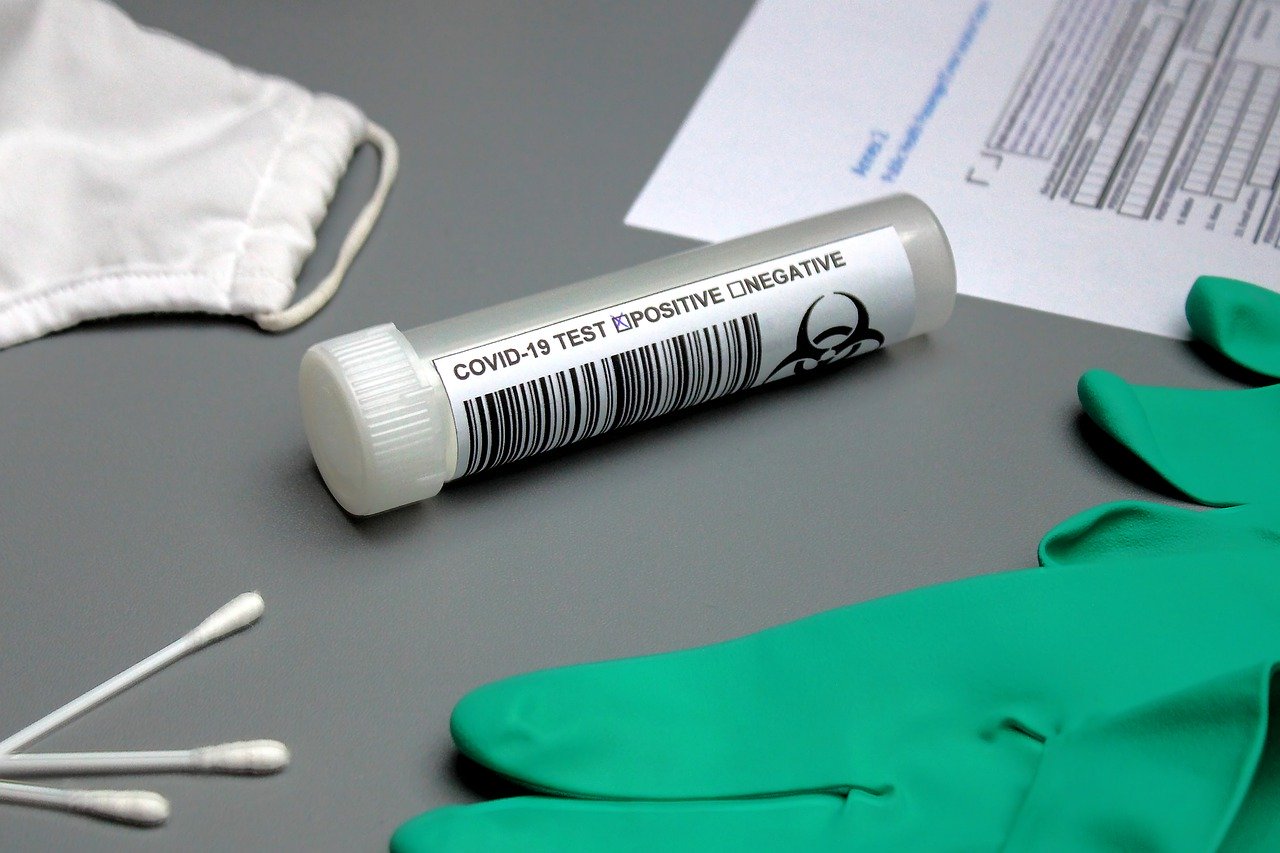In this August 29, 2020 article by Apoorva Mandavilli for The New York Times, she covers the growing concern over RT-PCR tests in the United States. The article was published days after the CDC changed guidelines to exempt asymptomatics from taking the swab test [see CDC changes guidelines for testing: No more test for asymptomatics].
In this report, Mandavilli quotes various experts who are raising their concerns about how the RT-PCR test provides a simple yes-no answer to the question of whether a patient is infected. According to Dr. Michael Mina, an epidemiologist at the Harvard T.H. Chan School of Public Health, the yes-no isn’t good enough, and that the amount of virus found in the patient should dictate how a coronavirus-positive patient will be handled. Dr. Mina is referring to the viral load – the greater the viral load, the more contagious the patient. Viral load, however, is determined by the number of amplification cycles needed to detect the virus – the fewer cycles required, the greater the viral load.
Unfortunately, results from the US are showing that cycling thresholds (CT) in the US are too sensitive, as many of them have set the limit at 37 to 40. At these thresholds, the tests are able to detect genetic fragments from past infections which no longer pose risks. For Juliet Morrison, a virologist at the University of California, a CT beyond 35 is already too sensitive.
Meanwhile, the CDC has said that it can no longer detect any live virus in a sample processed at thresholds above 33. A more reasonable cutoff would be at 30 and below. A statement from the Food and Drug Administration (FDA) shows that the government does not specify the CT, and it is the laboratories and commercial manufacturers that determine it.
Moreover, the New York Times discovered that a majority of test results sent to doctors do not indicate the CT, which is important data that could inform how they deal with a patient.
Mandavilli also reports on tests conducted by two laboratories. Analysis of the tests processed by the Wadsworth Center shows that in July, the lab identified 794 positive tests using a threshold of 40 cycles. Using 35 as CT, positive results dropped by almost half, and about 70% of tests were no longer judged to be positive with a threshold of 30 cycles. A similar result was recorded in Massachusetts. 85-90% of people who tested positive in July using a CT of 40 were judged to be negative when CT was lowered to 30 cycles.
Editor’s Note: What is the cycle threshold being used in your country? Are private laboratories utilizing a set cycle threshold that has been mandated by your government, or like the US, are they able to change their CTs? Are CTs being reported for every positive test result that has been detected? Could it be possible that a huge majority of those testing positive are merely artifacts of an overly sensitive test?
The issue raised here by the New York Times is one of several concerns relating to RT-PCR. Other concerns have been expounded by the following articles: RT-PCR tests are scientifically meaningless, Why COVID-19 is guaranteed to never end, Faulty COVID-19 tests: Why prisoners love their jailers and never-ending lockdowns].
The issue of RT-PCR tests is a serious concern because it has been used for virtually all sorts of decision-making during this pandemic [in a recent article, Nicanor raised the question: Was there really an epidemic? In light of the issues surrounding RT-PCR tests, this question becomes even more important]. It must be acted on immediately as failure to do so could lead various societies to even greater turmoil. For some countries such as the Philippines, increasing infections have prevented our government from removing all mobility restrictions (not to mention causing panic among our citizens, many of whom are still calling for free, expanded mass testing). Our economy is in tatters, and several other social issues have been exacerbated by the lockdowns [see the article category Societal Impacts to get an idea of how COVID-19 has affected the world].
Read Offline
Click the button below if you wish to read the article on the website where it was originally published.
Read Online
Click the button below if you wish to read the article offline.

Comment